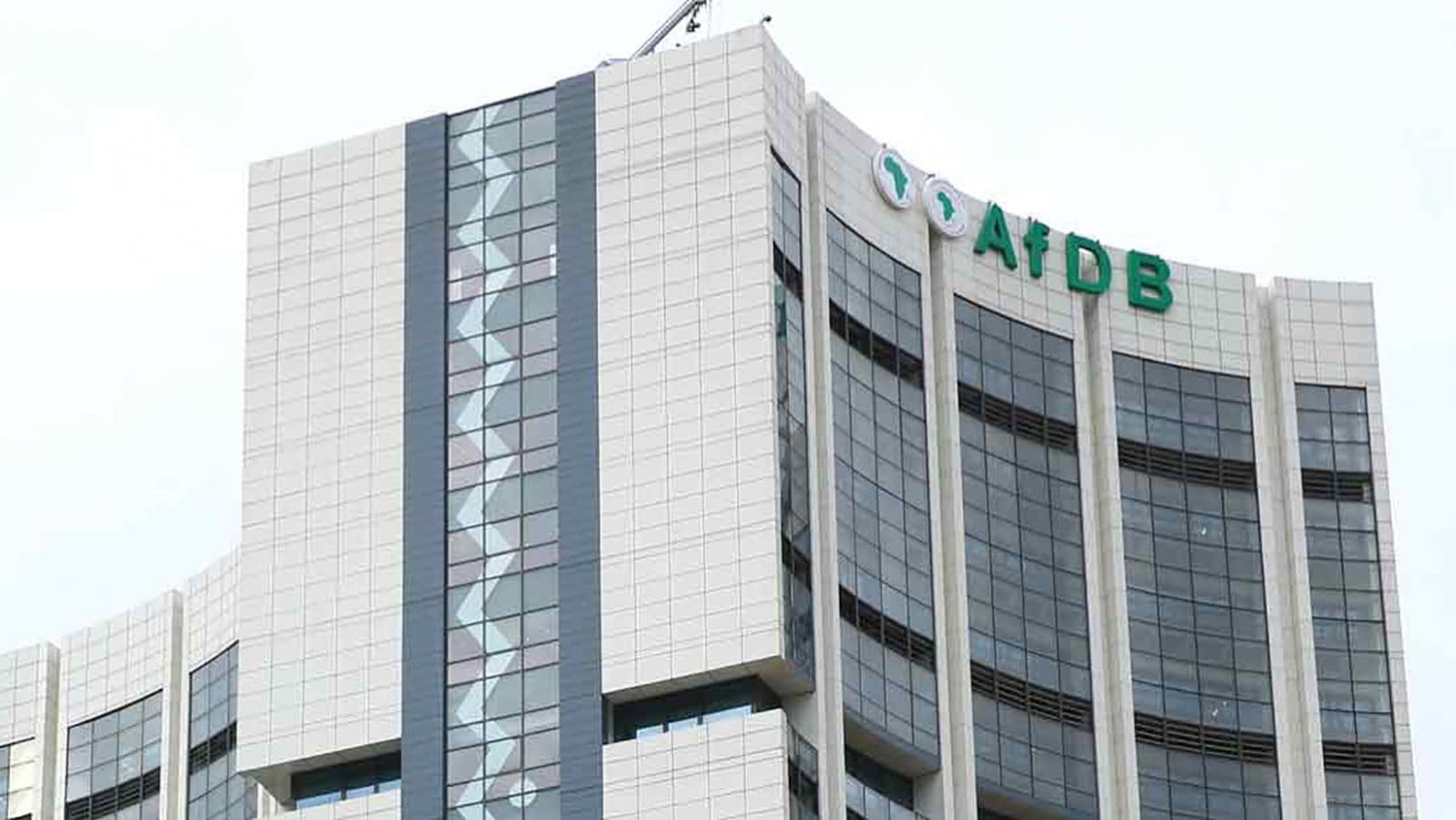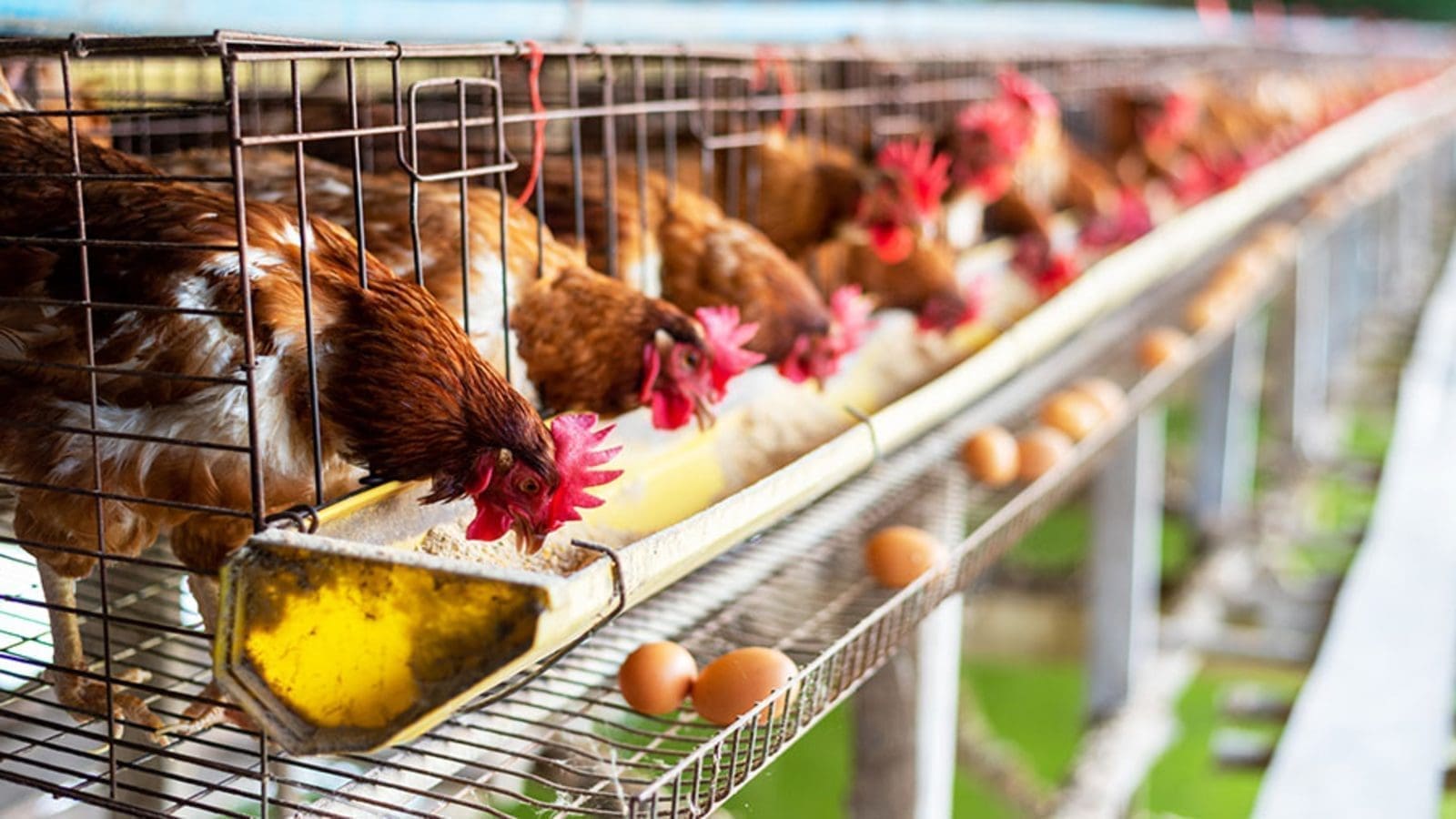KENYA – Kenya coffee earnings in the 11 months to August 2019 declined to sh11bn (US$106M) representing a Sh3bn (US$28.9M) decline from from Sh14 billion (US$134.9M) that was realized in the same period last year, according to data from the Nairobi Coffee Exchange.
Despite Kenya having one of the best coffees in the world that is highly sought after by roasters for blending, the drop-in earning was due to a consistent drop in prices experienced at New York terminal, which is the main market for the Kenyan Coffee.
“The earnings dropped on account of the dipping in prices at New York terminal which touched a record low of 86 cents per pound in 2019 compared with a high of 120 last year,” said NCE chief executive officer Daniel Mbithi.
The average price for a 50-kilo bag went down to Sh15,965 (US$153.88) in the review period from Sh21,321 (US$205.51) realised in corresponding period in 2018, representing a 23% decline, reports Business Daily.
In bid to promote export of the commodity, Kenya National Chamber of Commerce and Industry (KNCCI) had entered into pacts with roasters from various countries who are interested in coffee from Kenya and signed an MoU with the United Arab Emirates (UAE) that would offer several markets.
In addition to that Coffee Directorate has been campaigning over the years urging Kenyans to increase the consumption of the beverage in order to cut over-reliance on the world market to cushion the price from external shocks.
The coffee intake culture is yet to penetrate into the culture of the average Kenyan consumer. Kenya consumes just about 7% of its coffee, or 70g per person per year compared to Ethiopia who consumes about 50% of its coffee, resulting to a per capita consumption of 2.4 kg per person per year.
In terms of volumes, the bags sold during the review period had increased by 2% to 556,608 bags of 60 kilograms compared with last year’s 545,509 bags
But the production has significantly dropped when compared with her peers in the region, Uganda, which was at par with the country in the previous years now widening the gap.
Since early 1990s to 2010/11 crop year, area under coffee has declined by 35% from 170,000 hectares to 109, 795 hectares as farmers abandoned the crop due to poor management as well as pressure on arable due to urbanization among other factors.










